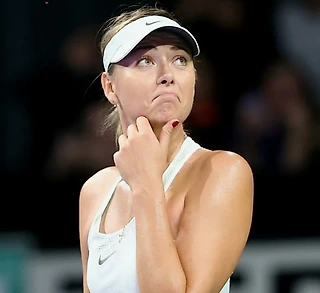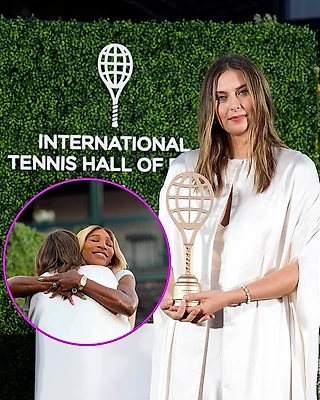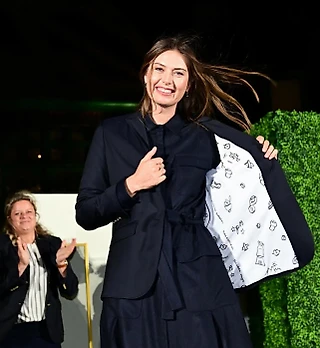Пуэрто Рико: Первая тренировка Марии
фото
Очевидцы утверждают тренировка была очень интенсивной.
HQ:
http://i.share.pho.to/ae49f4ab_o.jpeg
http://i.share.pho.to/b3fe12aa_o.jpeg
http://i.share.pho.to/95d6e532_o.jpeg
http://i.share.pho.to/c1ad0499_o.jpeg
http://i.share.pho.to/6fcc2012_o.jpeg
http://i.share.pho.to/de16c0a3_o.jpeg
http://i.share.pho.to/9e9964b6_o.jpeg
>









On Thursday tennis fans will get a glimpse of Maria Sharapova as she takes on Monica Puig in an exhibition in Puerto Rico. It will give us a good indication of what the Russian will play like after a year off due to a meldonium ban. It will also give us an idea of how the public will react to seeing her back in the game. When she finally makes her return to the tour this spring, how will the public and her peer’s reception impact her performance? If it is unanimously positive, will it inspire her? If it is mixed, and there is antagonism, will it make things tougher for her?
Our Answer: Sharapova is too strong and too determined not to be a premier player after her return. She’ll probably need some time to get match tough, but expect her to be a factor by the summer. And who knows, maybe the time off will have been good for her body. Maybe she’ll be less injury prone when she returns.
http://www.tennisnow.com/News/2016/november/Ten-Looming-Question-Marks-about-the-2017-Tennis-S.aspx
Wednesday December 14th, 2016
Crazy week, so let’s go speed round and cruise through some questions.
When her doping penalty expires, Maria Sharapova is scheduled to return to tennis this spring. How do you see her comeback going?
—Michael L., New York
• Funny, I talked about this with guest Pam Shriver on the podcast this week. Sharapova turns 30 right around the time she returns. Usually tennis comebacks—whether from injury, maternity, emotional R/R or anti-doping—fall into the unremarkable category. Players haven’t entirely lost their edge and can still hit the ball; they still notch some decent wins or make a deep run. But they don’t quite return to where they once belonged. Just run through the list. Occasionally there’s a dazzling comeback story: Kim Clijsters returning to win Majors or Juan Martin del Potro playing top-five tennis during the second half of 2016. But most returns fall into the “pleasant but unthreatening” variety.
But my prediction for Sharapova: no mediocrity. This is one pole or the other. She’s either winning trophies or the magic is gone. She’s been staying in shape, and the time off might be a blessing in disguise. Ferociously competitive to begin with, she won’t lack for motivation. She will see the faces of the tribunal members on each ball she strikes. With her tormentor, Serena Williams, now 35 years old and a soft pocket at the top of the WTA rankings—if Sharapova and Angelique Kerber played 10 matches on a variety of surfaces next week, might there be a 5–5 split?—opportunity is there
On the other hand, what has this time off done to Sharapova’s timing and resolve and rhythms? What are her reserves of confidence after such an unpleasant, humiliating event? What’s the status of her team dynamic after such a costly administrative lapse? Will her colleagues’ collective schadenfreude dull or charge her motivation? If she takes a few losses, does she start thinking about the next phase of life?
All of which is to say: I could see her as a Grand Slam champion by year’s end. (If she were to win the French, her first Major back, would it surprise? Not me.) I can see her retiring at year’s end. I can’t see her at No. 13 with a string of quarterfinal runs. It should be gripping theater no matter what.
http://www.si.com/tennis/2016/12/14/mailbag-maria-sharapova-scoring-changes